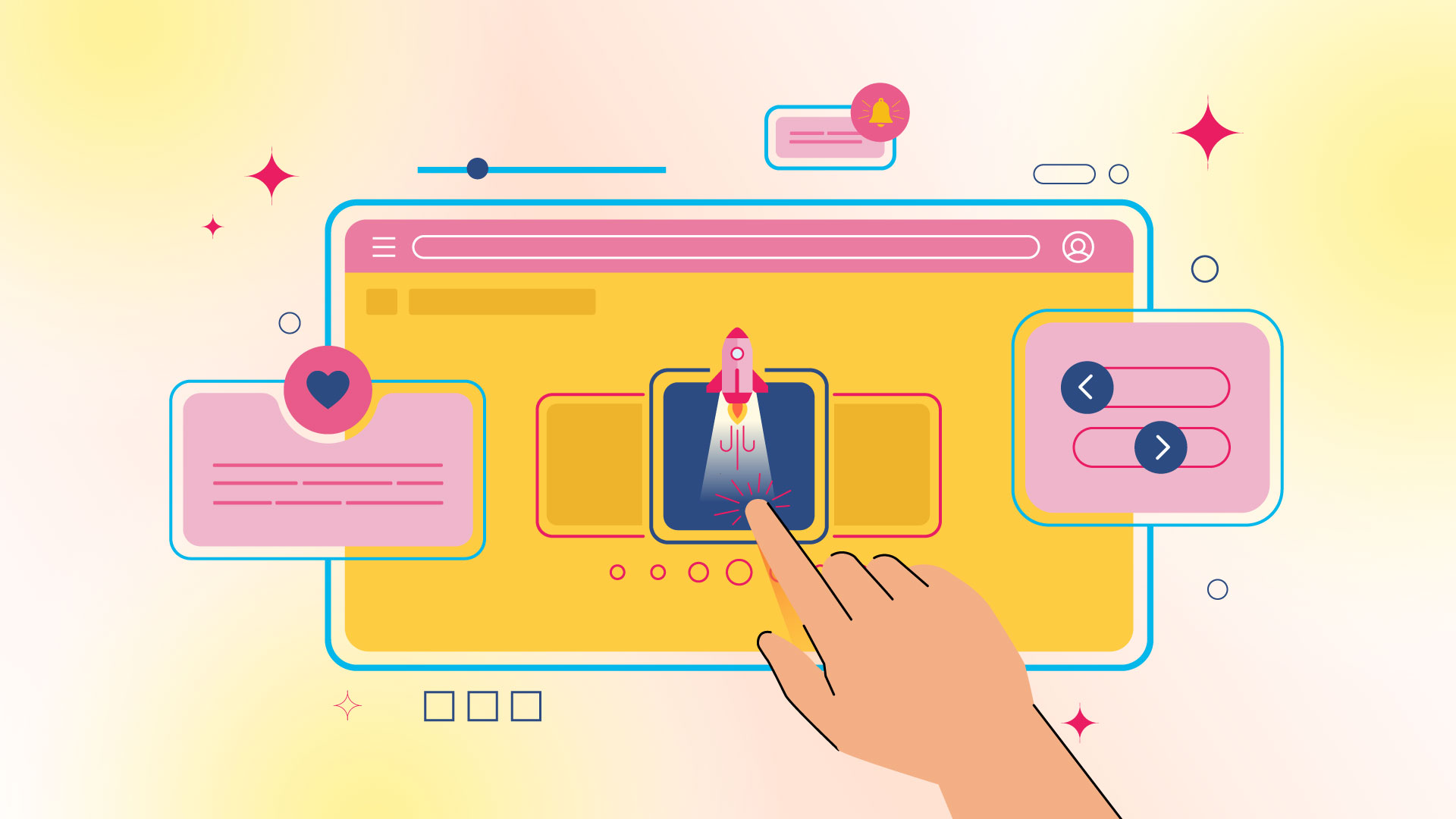Microinteractions Transforming The Web As We Know It

The goal of web development has evolved from merely delivering content to creating engaging user experiences. The emergence of microinteractions – subtle, often animated elements that give website components life and purpose – will be a major trend propelling this change. These little embellishments, such as progress bars and hover effects, have a huge impact on user engagement, website usability, and conversion rates.
The Magic of Microinteractions
Unlike large-scale features, microinteractions focus on small, specific moments within the user journey. Here’s what makes them truly impactful:
- Enhanced User Delight: Animated transitions, subtle sound cues, and dynamic responses create a sense of delight and surprise, fostering positive user emotion and brand association.
- Intuitive User Guidance: Subtle animations like highlighting buttons or progress bars visually guide users, improving website clarity and usability.
- Increased Engagement: Microinteractions encourage user interaction, turning passive browsing into active exploration, boosting engagement and time spent on site.
- Boosted Conversions: Interactive elements like progress bars and animated calls-to-action can subconsciously nudge users towards desired actions, driving conversions and measurable results.
Examples in Action
Microinteractions take diverse forms:
- Hover effects: Animating icons or buttons on hover adds visual interest and hints at interactive elements.
- Loading animations: Progress bars and spinners visually communicate loading times, reducing user frustration and perceived wait.
- Micro animations: Subtle animations on buttons or logos add personality and brand recall.
- Parallax scrolling: Multi-layered backgrounds create a depth effect and dynamic scrolling experience.
- Real-time feedback: Animated responses to user actions (e.g., adding an item to a cart) provide immediate feedback and confirmation.
Microinteractions in 2024
As technology advances, we can expect to see even more sophisticated microinteractions in 2024:
- AI-powered interactions: Microinteractions might adapt to user behavior and preferences, creating personalized experiences.
- Haptic feedback: Mobile web experiences might make use of haptic feedback for even more immersive experience.
- Motion design advancements: Microinteractions will likely become more complex and visually stunning, pushing the boundaries of web design possibilities.
Implementing Microinteractions
Without a doubt, microinteractions are the next big thing in web design, but overdoing them can become distracting. Here are some factors to consider:
- Purpose: Every microinteraction should serve a purpose, be it guiding users, providing feedback, or enhancing engagement.
- Context: Ensure microinteractions harmoniously blend with the website’s design and overall user experience.
- Performance: Prioritize lightweight animations and code to avoid impacting website loading speed.
- Accessibility: Design microinteractions to be accessible to users with disabilities.
A Future Full of Dynamic Experiences
Microinteractions are more than just visual flair; they represent a strategic approach to user experience optimization. By incorporating them thoughtfully, web developers can create websites that are not only informative but also engaging, delightful, and impactful. The list of tools currently available for web developers is expanding daily with new ways of integrating lively bits into the online canvas. While your business can definitely benefit from implementing some of them strategically, you should know where to stop to avoid turning your site into a messy test site for design experiments.



